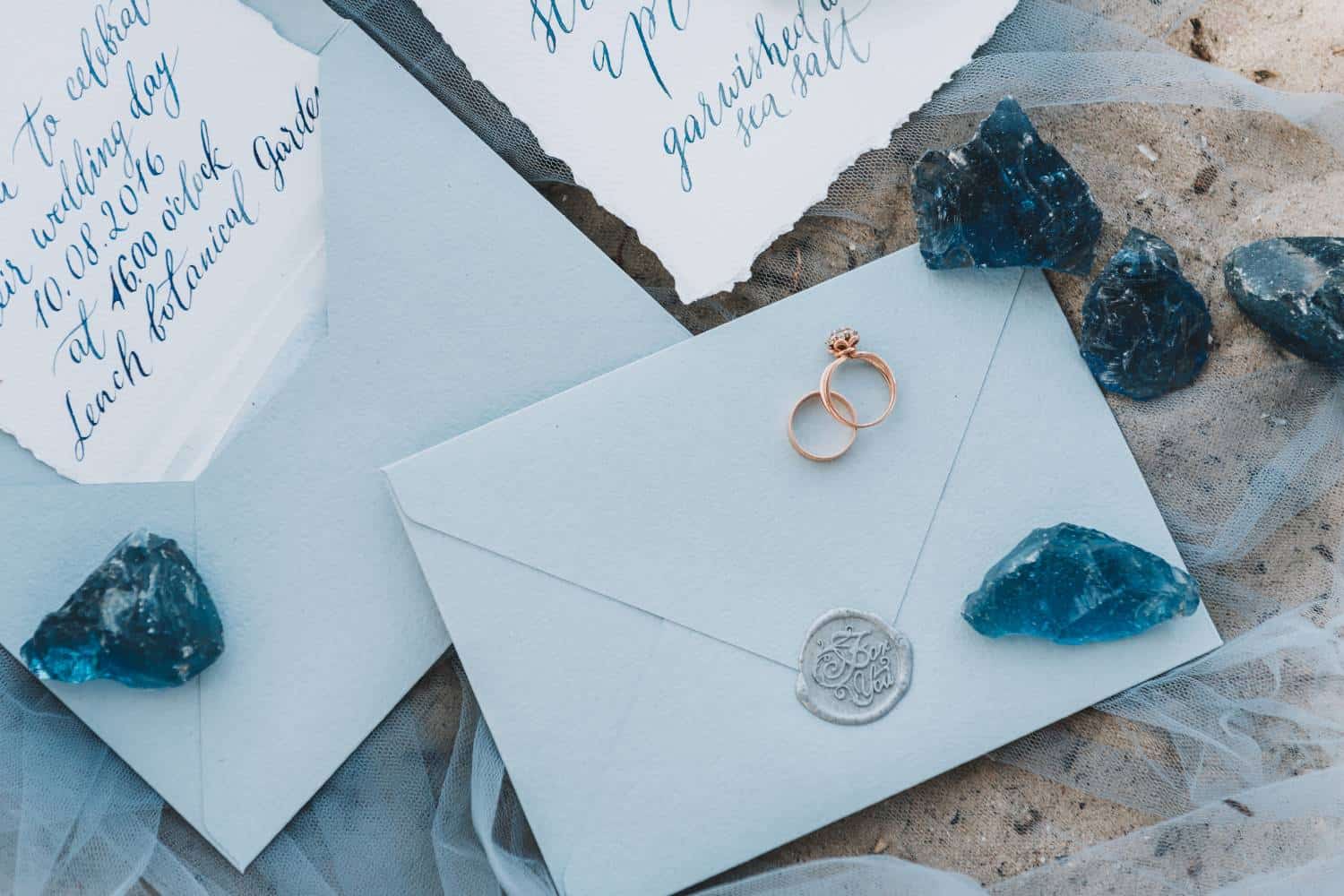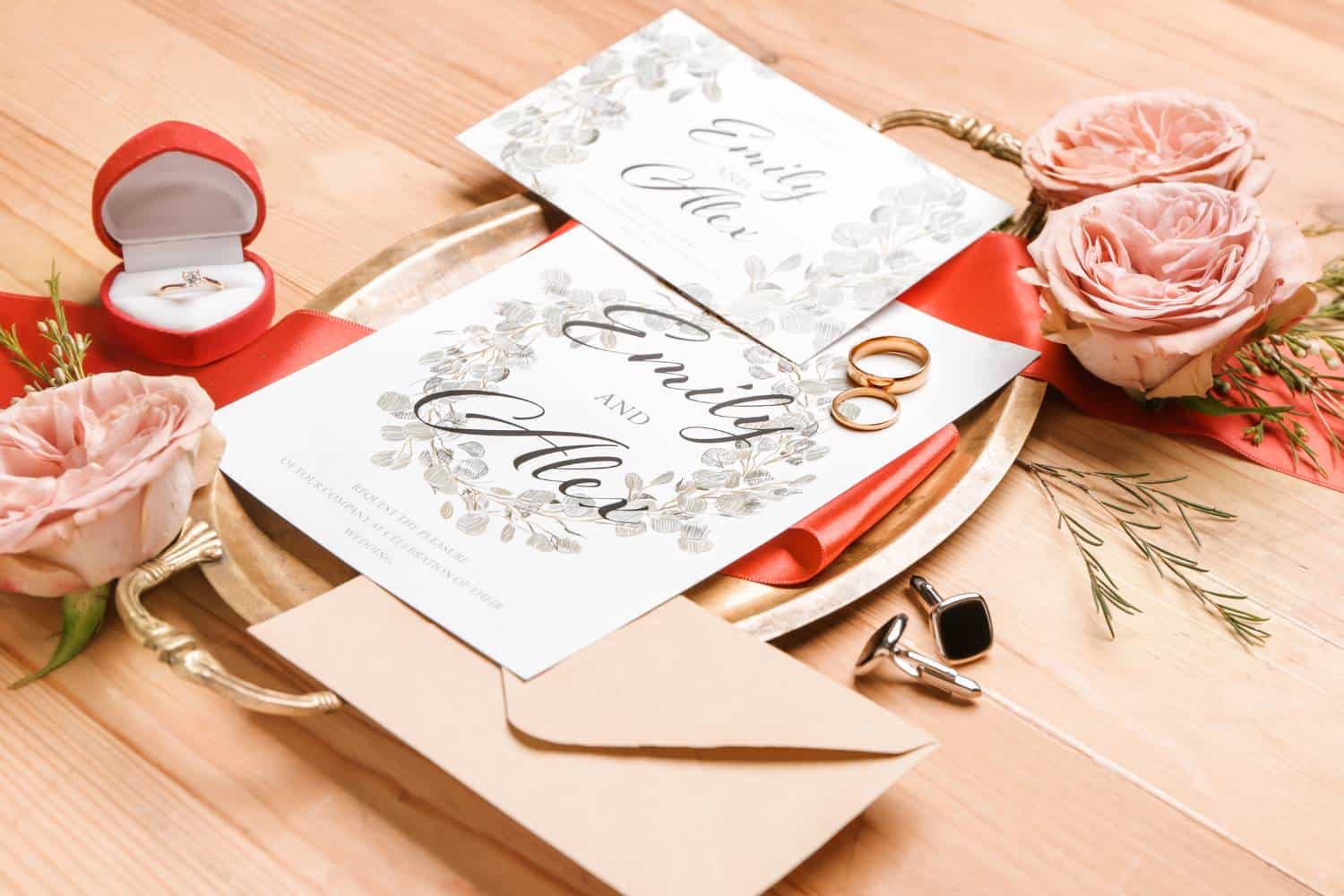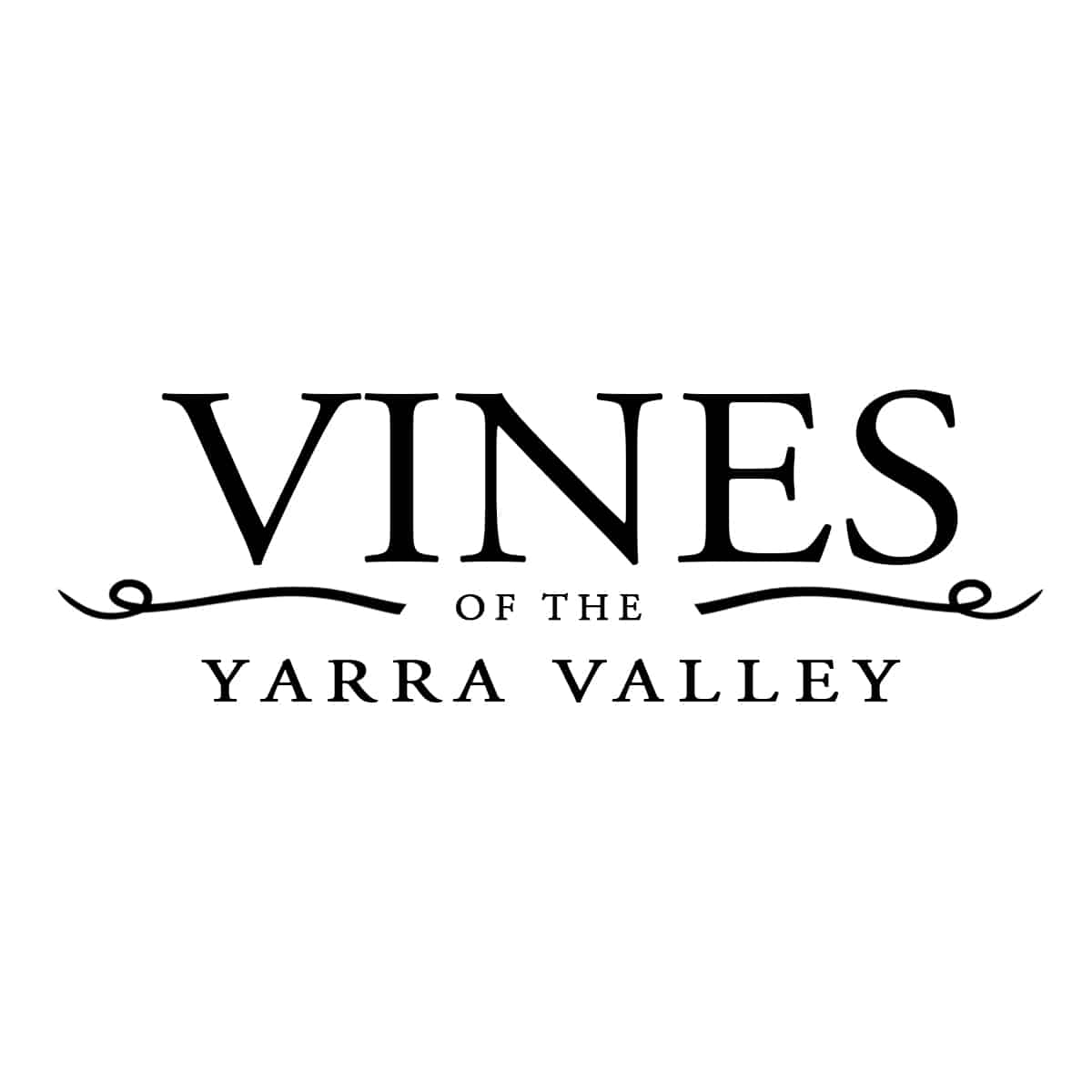Designing wedding invitations is a special part of planning your big day, offering a chance to reflect your style and set the tone for your celebration.
While professional invitations ensure high-quality results, many couples are drawn to making their own.
DIY invitations provide creative freedom, personalisation, and potential savings. However, they also require time, effort, and attention to detail.
This guide weighs the pros and cons of creating your wedding invitations, helping you decide whether the DIY approach is the right choice for your wedding.
Let’s get straight to the point.
DIY wedding invitations offer personalisation and potential cost savings but require significant time and effort.
Making your invitations allows for creative control and customisation, which is ideal for couples wanting a personal touch.
However, the process can be time-consuming, and there’s a risk of design or printing errors, which may add stress.
Professional invitations ensure high-quality results and save time, but they come at a higher cost.
Opting for professional services might be the best choice for couples with busy schedules or those seeking a flawless finish. Ultimately, the decision depends on your budget, creativity, and priorities.
Is It Worth Making Your Wedding Invitations?
Creating your wedding invitations can be appealing, offering a personal touch and potential cost savings. However, important factors include the time, effort, and expertise required.
Many couples enjoy designing and crafting their invitations, but is it the best option for everyone? Here, we’ll explore the pros and cons of making your wedding invitations to help you decide if it’s the right choice.
Personal Touch
One of the biggest draws of DIY wedding invitations is the opportunity to make them personal. When you design the invitations yourself, you can customise every detail to reflect your style and the theme of your wedding.
From selecting the colours to crafting the wording, you have the freedom to create something truly unique.
Adding personal elements—such as hand-drawn illustrations, photographs, or handwriting—can make your invitations more meaningful. Guests will likely appreciate the effort and individuality, which sets a warm tone for your big day.
Creative Freedom
Creating your wedding invitations gives you full creative control. There are no restrictions from templates or professional designers, meaning you can experiment with different styles and materials to suit your preferences.
Whether you envision a simple, minimalist design or something more elaborate, you can bring your ideas to life.
This creative freedom allows you to explore unconventional options like eco-friendly paper, digital invitations, or even unique materials like fabric or wood. It’s an opportunity to make your invitations stand out, particularly if your wedding theme is specific or non-traditional.
Potential Cost Savings
For many couples, cost savings are a primary reason for making their invitations. Wedding stationery can be expensive, especially if you choose custom designs or premium materials.
Handling the design and assembly yourself can reduce expenses. Materials like paper, ink, and decorative items can be purchased bulk from craft stores or online retailers.
That said, it’s essential to calculate the full cost before deciding. While DIY invitations can save money, hidden expenses—such as specialised paper, ink cartridges, or mistakes that require reprinting—can add up.
Creating a detailed budget is worth ensuring DIY is more cost-effective than ordering from a professional.
Time Commitment
Making your wedding invitations is challenging, especially in terms of time. Designing, printing, and assembling invitations can take much longer than expected.
If you have a large guest list, the workload can be substantial, requiring many hours of folding, addressing, and adding personal touches.
This extra task can quickly become overwhelming for couples juggling other wedding preparations.
On the other hand, professional printers streamline this process by managing everything for you, freeing up your time to focus on other wedding details.
Risk Of Mistakes
Another consideration is the potential for errors. Professional designers and printers have the experience and tools to ensure your invitations look polished and error-free.
When making your own, the chances of mistakes—such as typos, misaligned printing, or smudged ink—are higher, especially if you’re unfamiliar with design software or printing techniques.
Fixing these errors can lead to wasted materials and increased costs, as reprinting is often necessary.
Small imperfections might go unnoticed by your guests, but if precision and a flawless look are important to you, the risk of DIY errors could be a significant drawback.
Design Challenges
While DIY invitations allow for creative freedom, they also require a good eye for design.
Balancing the layout, colours, fonts, and images can be tricky, and achieving a professional look may require more skill than expected.
A poorly designed invitation can look cluttered or off-balance, affecting the overall presentation.
For those without a background in design, using online templates can help simplify the process. However, these templates can limit your creativity, so you must decide whether convenience or customisation is more important.
Printing And Technical Issues
Printing is often one of the most challenging aspects of wedding invitations. Home printers may need to be equipped to handle high-quality materials or large print runs.
Common issues like paper jams, inconsistent colour output, or smudged ink can add unnecessary stress to the process.
If you need access to a high-quality printer, you may need to outsource the printing, which increases both the cost and complexity.
Ensuring that the final product’s colours and designs appear as intended can require several rounds of trial and error, further complicating the process.
Managing Stress
Planning a wedding can be stressful, and making your invitations could add to that pressure. If the process becomes overwhelming, it may lead to frustration rather than enjoyment.
For couples with tight schedules or limited crafting experience, what starts as a fun project quickly becomes a burden.
On the other hand, if you enjoy hands-on, creative projects, making your invitations can be a rewarding and relaxing way to contribute to your wedding. Just be sure to have a realistic idea of the time and effort required before committing to DIY.
Diy Vs. Professional Invitations
If you’re still unsure whether to make your invitations, consider a hybrid approach.
For example, you could design and print the invitations professionally to ensure high-quality results. This option allows you to maintain creative control while outsourcing the more complex tasks.
Professional printers often have access to premium materials and finishes, like embossing or foil stamping, which may be difficult to replicate at home.
While this option comes at a higher cost, it can offer a polished, high-end look without the stress of handling everything yourself.
When Professional Invitations Make Sense
If you need more time, are not confident in your design abilities, or want a flawless, professional finish, opting for professionally made invitations might be the best route.
Professional printers have the tools, experience, and materials to ensure your invitations look and feel exactly as you want them to.
Working with a professional also reduces the likelihood of errors and the stress of managing a complex project.
While it may be more expensive, the convenience and quality can be well worth the investment, especially if you aim for a sophisticated or elaborate design.
When Diy Invitations Make Sense
DIY invitations are an excellent option for couples working within a strict budget, enjoying creative projects, and having the time to dedicate to the process.
If your wedding is small or intimate, the personal touch of hand-making your invitations can add charm and warmth.
Additionally, DIY invitations are ideal for those with a clear creative vision who want to add special details that reflect their personalities.
DIY is also suitable for couples who want a simpler invitation style. If you’re not looking for complex printing techniques or intricate embellishments, making your invitations can be a fun and cost-effective solution.
Conclusion
Whether to make your wedding invitations depends on several factors, including your budget, time, and design skills.
DIY wedding invitations can save money and allow you to personalise every detail, but they require significant time and effort.
For couples who enjoy crafting and have the necessary resources, DIY can be a fulfilling way to add a personal touch to their wedding. On the other hand, professional invitations offer a stress-free, high-quality alternative.
If you prioritise a polished look and want to minimise the potential for mistakes, outsourcing to a professional may be worth the added expense.
Ultimately, the best option is the one that aligns with your priorities—whether that’s saving money, expressing creativity, or reducing stress.
Whether you choose to go the DIY route or hire a professional, your wedding invitations will set the tone for a celebration that reflects your unique style and personality.
Frequently Asked Questions
Is It Worth Making Your Own Wedding Invitations?
Printing your own invitations may be more affordable than having them printed by a pro, but it doesn’t always mean it will be faster.
Be sure to give yourself time, grace, and patience when printing at home, because it can get a little complicated.
Why Is It Important to Make Your Own Invitation Card?
Invitation card will help you maintain friendships and build a stronger connection between you and people who you would like to know.
Since Invitation card will show that you care about that person and see them as the important people, it can also give you some work opportunity that you might look for in the future.
Is a 100 Person Wedding Small?
How many guests are typically invited to each size wedding? These numbers may vary a little depending on who you’re speaking with, but a small wedding typically includes 50 people or under, a medium wedding has a guest list of anywhere from 50-150 guests, and a large wedding has over 150 attendees.
What Is the Average Number of Guests at a Wedding?
The average number of day guests hasn’t moved much over the years from the 80 to 85 people mark and you’ll find planners, venues, caterers etc, will work within 80-100 people as their benchmark for an “average” wedding.
What Is the Purpose of a Wedding Invitation?
The wedding invitation is one of the most important things to focus on during your wedding planning.
They offer the guests a sample of what type of wedding you’re having (formal or casual), and they list critical information to make sure people know where to go and what time to be there.



